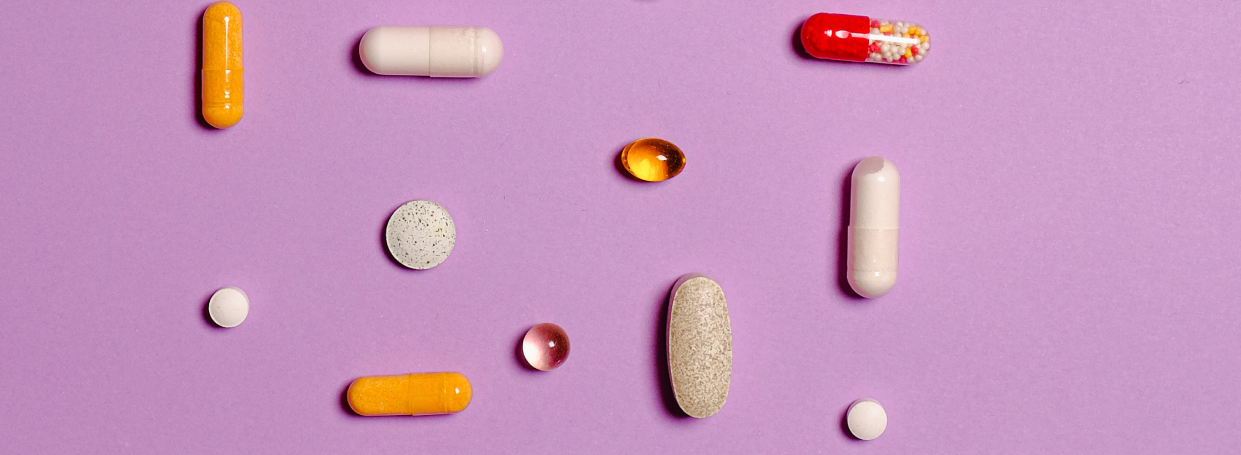

Hypogonadotropic hypogonadism means that the ovaries don’t produce enough reproductive hormones due to a problem with the pituitary gland or hypothalamus. This happens when there is a lack of hormones coming from the brain that usually stimulate the ovaries. These include gonadotropin-releasing hormone (GnRH), follicle-stimulating hormone (FSH), and luteinizing hormone (LH).
This article has been verified by a medical professional
Impact on fertility
Hypogonadotropic hypogonadism prevents eggs from maturing in the ovaries. This leads to irregular or absent periods due to irregular ovulation. Without ovulation, there’s no egg available to be fertilized by sperm, and it’s not possible to get pregnant.
Symptoms
Physical signs of hypogonadotropic hypogonadism in adult women include:
- Missed periods (amenorrhea)
- Mood changes
- Weight gain
- Infertility
Potential causes
This condition can be due to the following:
- Severe stress or depression
- Competitive sports
- Anorexia
- Bulimia
- Hyperprolactinemia
- Genetic defects
- Opioid or steroid medication
- Rapid weight loss or gain
- Chronic health conditions (chronic inflammation or infection)
- Thyroid disease
- Drug use
- Excess iron
- Damage to the pituitary gland or hypothalamus from surgery, injury, tumor, infection, or radiation
- Sheehan’s syndrome (a rare condition involving injury to the pituitary)
Kallmann syndrome is a type of hypogonadotropic hypogonadism that is genetically inherited.
Diagnosis
Tests to diagnose hypogonadotropic hypogonadism include blood tests that measure your levels of FSH, LH, thyroid stimulating hormone (TSH), prolactin, testosterone, and estradiol, as well as a test to check how LH responds to GnRH.
If testing shows that you have a low estradiol level, it’s recommended to get a bone density scan (called a DEXA scan) to check your bone metabolism.
If your doctor suspects you have a tumor on the pituitary gland, they will recommend you have an MRI scan of the brain. You may also have genetic testing and a blood test of your iron level.
Treatment to improve fertility
To get the ovaries working normally and restore fertility, you can get injections of GnRH and hCG or take clomiphene. These medications help you ovulate again so that you can conceive. Research shows that this is successful at inducing ovulation in people with hypogonadotropic hypogonadism up to 80% of the time.
If the ovaries respond poorly to the medication, fertility treatment with assisted reproductive technology (ART) is an option to increase the chances of getting pregnant.
Beyond that, lifestyle modification measures such as stress reduction and weight gain if you are underweight can restore balance to your reproductive hormones and regulate the menstrual cycle.
This article has been verified by a medical professional
- Hypogonadotropic Hypogonadism. Penn Medicine. Accessed 12 December 2022.
- Hypogonadotropic hypogonadism. MedlinePlus. Accessed 12 December 2022.
- Franz M: Die sieben Stufen der Amenorrhö. Gynäkologie + Geburtshilfe. 2018;23(4):18-21.
- Sheehan Syndrome. Cleveland Clinic. Accessed 12 December 2022.
- Albezrah NA: Hypogonadotropic hypogonadism: Can have multiple pregnancy and or ovarian hyperstimulation syndrome. Clin Obstet Gynecol Reprod Med. 2019;5(1-2).
- Master-Hunter T M.D. and Heiman D M.D.: Amenorrhea: Evaluation and Treatment. Am Fam Physician. 2006;73(8):1374-1382.
You might also like...

Excess vitamin B12 and pregnancy
Excess vitamin B12 during pregnancy can increase the risk of health complications for the baby. Vitamin B12 is an essential vitamin that...

Macrocytic hyperchromic anemia
Macrocytic hyperchromic anemia means that your bone marrow produces unusually large and dark red blood cells. These cells don’t have the nutrients...

Leukopenia
Leukopenia means that you have a low white blood cell count. White blood cells, or leukocytes, are vital to your immune system....

Endometriosis
Endometriosis is a condition where tissue like your uterine lining grows outside the womb: on the ovaries, fallopian tubes, pelvic tissues, or...

Excess folic acid and pregnancy
Folic acid is the synthetic form of folate (vitamin B9). Folate is an essential vitamin that your body needs for cell and...

Microcytic hypochromic anemia
Microcytic hypochromic anemia means that your body has too few red blood cells and these cells are smaller and paler than usual....

Normocytic normochromic anemia
Normocytic normochromic anemia means that you have a low red blood cell count, but your red blood cells have a normal shape,...

Vitamin B12 Deficiency
Vitamin B12 is an essential nutrient that our bodies need to work properly. It helps with nerve function, cell metabolism, and the...




